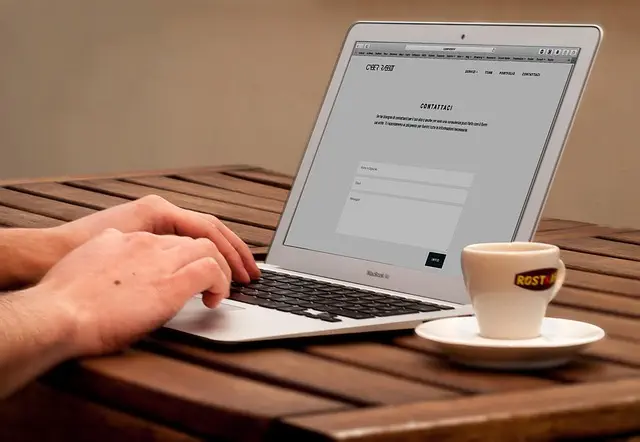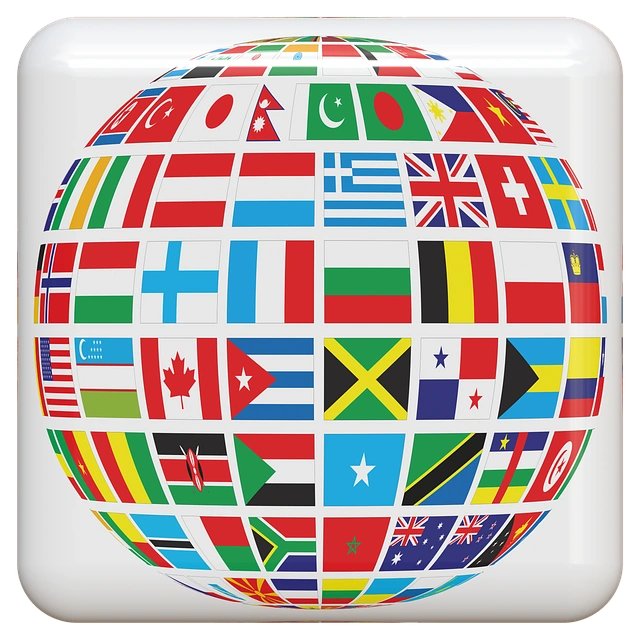In today's globalized world, WordPress multi-language websites are crucial for businesses aiming to expand internationally. By offering content in multiple languages, companies based in Middletown, NJ, can break free from geographical constraints and connect with a diverse audience. This strategy increases market reach, enhances user engagement, and leads to higher conversion rates. Using WordPress's user-friendly interface and robust features, local businesses can effectively implement multilingual support, build brand accessibility, and improve online visibility through localized SEO, strengthening their digital presence globally.
In today’s globalized world, reaching a diverse audience becomes essential for any business. A WordPress multi-language website is an effective strategy to transcend language barriers and expand your online presence. This comprehensive guide explores the benefits of multilingual sites, highlighting why WordPress is a top choice. From setup instructions to translation tools and best practices, we’ll navigate you through the process. Discover how to localize content for various languages and maintain a thriving multi-language WordPress site, all while optimizing for search engines, starting with WordPress Website Design Middletown NJ.
- Understanding Multilingual Websites and Their Benefits
- Why Choose WordPress for Multi-language Implementation?
- Setting Up a WordPress Multi-Language Website: Step-by-Step Guide
- Translation Management: Tools and Plugins for WordPress
- Localizing Your Website Content for Different Languages
- Best Practices for Maintaining a Successful Multi-Language WordPress Site
Understanding Multilingual Websites and Their Benefits

In today’s globalized world, having a WordPress multi-language website is no longer just an option—it’s a necessity for businesses looking to reach a diverse audience. A multilingual site allows companies based in places like Middletown, NJ, to transcend geographical boundaries and connect with potential clients worldwide in their native languages. This approach not only expands market reach but also enhances user experience, fostering deeper engagement and higher conversion rates.
By implementing WordPress website design that supports multiple languages, businesses can tap into a broader customer base. It demonstrates an understanding of and respect for cultural diversity, making the brand more relatable and accessible. Additionally, search engines favor multilingual sites, improving online visibility and driving organic traffic from users speaking various languages. This strategic move can significantly boost a company’s digital presence in both local and international markets.
Why Choose WordPress for Multi-language Implementation?

WordPress is an excellent choice for creating multi-language websites, offering a user-friendly platform with powerful features tailored for global audiences. Its versatility and extensive ecosystem of plugins make it easy to implement language switching, content translation, and localized SEO strategies. Many businesses in Middletown, NJ, and beyond have benefited from WordPress’s ability to reach international markets effectively.
With WordPress, you can seamlessly integrate multiple languages into your website design, ensuring a smooth user experience regardless of the visitor’s native tongue. The platform’s plugin architecture provides access to advanced translation tools, allowing for dynamic content generation in different languages. This is particularly advantageous for companies aiming to expand their global online presence and connect with diverse customer bases.
Setting Up a WordPress Multi-Language Website: Step-by-Step Guide

Creating a WordPress multi-language website is an accessible process that can greatly enhance your online reach, especially for a local business like a WordPress Website Design Middletown NJ service. Here’s a straightforward guide to get you started:
1. Choose a Multilingual Plugin: The first step involves selecting the right plugin to support multiple languages on your WordPress site. Popular options include WPML, Polylang, and TranslatePress. These plugins provide an intuitive interface for managing translations and directing visitors to their language of choice.
2. Install and Configure: Once you’ve chosen a plugin, install it on your WordPress dashboard. Follow the setup wizard provided by the plugin to define the languages you want to support. This step includes adding translation pairs (source language and target language) relevant to your audience. After configuration, your website will be ready to display content in multiple languages seamlessly.
Translation Management: Tools and Plugins for WordPress

When designing a multilingual WordPress website, Translation Management Systems (TMS) and plugins become essential tools to streamline the translation process. These solutions enable efficient management of translations for various languages, ensuring consistent content across different linguistic versions. For instance, popular TMS like Gengo or Translok offer seamless integration with WordPress, allowing translators to work on content directly within the platform.
Plugins such as WPML and Polylang further enhance multilingual capabilities by providing easy-to-use interfaces for adding and switching languages. These plugins not only facilitate translation but also optimize website performance and improve search engine optimization (SEO) in Middletown NJ, making it accessible to a global audience. By leveraging these tools, WordPress website designers can create dynamic, multi-language sites that cater to international visitors.
Localizing Your Website Content for Different Languages

When designing a WordPress multi-language website, localization is a critical step to ensure your site resonates with audiences worldwide. This process involves translating not just words but also cultural nuances and local preferences into each target language. For instance, in a WordPress Website Design Middletown NJ, understanding regional variations in the United States, like date and time formats or currency symbols, can significantly impact user experience.
Localizing content goes beyond simple translation. It requires adapting images, dates, numbers, and even layout to fit cultural norms. By doing so, your WordPress website becomes accessible and appealing to global visitors, fostering a more inclusive online environment. This attention to detail not only enhances user engagement but also demonstrates respect for diverse audiences, contributing to the overall success of your online presence.
Best Practices for Maintaining a Successful Multi-Language WordPress Site

When designing and maintaining a multi-language WordPress site, such as those sought after by businesses in WordPress Website Design Middletown NJ, it’s crucial to follow best practices that ensure user experience, SEO optimization, and long-term success. First, utilize professional translation plugins like WPML or Polylang to seamlessly integrate and manage multiple languages. These tools not only simplify the translation process but also enable dynamic content switching based on user preferences, improving accessibility.
Additionally, focus on creating high-quality, localized content for each language. This involves hiring fluent writers or translators to capture cultural nuances and ensure accurate, natural-sounding text. Regularly update and refresh translations to keep content current and relevant, enhancing user engagement. Implement structured data markup and optimize meta titles and descriptions for each language to improve SEO performance, making your site more discoverable in global search results.














